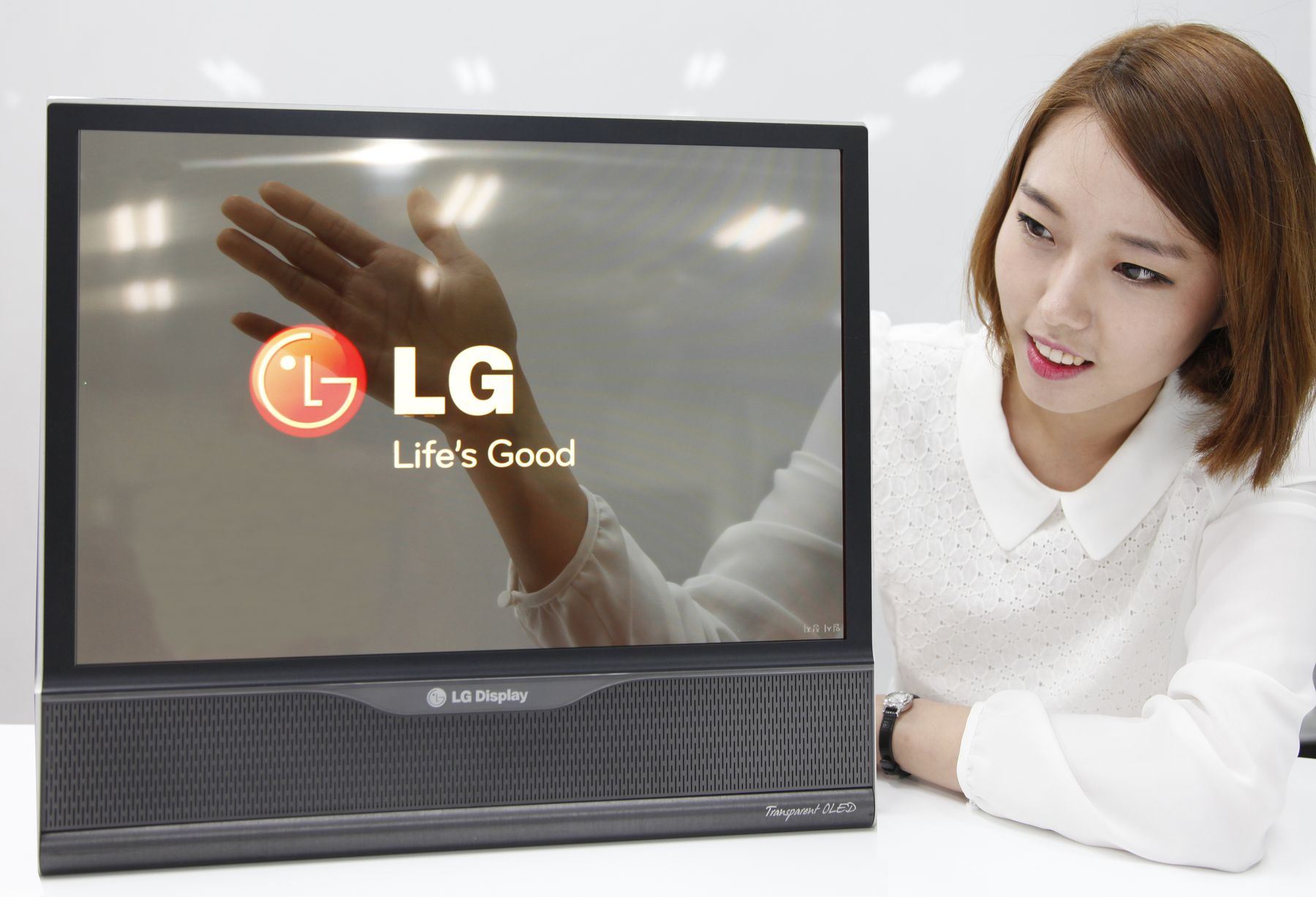Affiliate links on Android Authority may earn us a commission. Learn more.
LG Display engineers talk foldable and transparent screens

Mobile display technology continues to move at an exceptional pace and one of the companies pushing this industry forward is LG Display, which recently posted strong Q3 profits. Lee Bu-yeol, chief research engineer for transparent displays at LG Display, and Park Weon-seo, chief research engineer for flexible displays, have been talking a little about the future.
First up, transparent displays. A technology that we’ve not heard too much about for a while, as there’s not much point in a transparent display if the rest of your smartphone is still made from opaque components. Lee restated the same point, but indicated that transparent display technology could find uses in smartwaches and other wearables. Presumably in instances where the main electronics can be housed in another part of the device or where the user needs to see through the display, such as with a pair of glasses.
However, the technology is still a little way off from being useable. At the moment LG’s displays are about 30 percent transparent, making them about as clear as a slightly tinted car window. By 2017 LG expects to have the visual clarity up to 40 percent, which would mark a significant improvement. The delay comes as LG is attempting to design its displays for smaller transistor components, which would allow for more space, and therefore light, between pixels. For comparison, traditional glass is about 92 percent transparent.
The target is to bring up the clarity to 40% by 2017, which should be significantly clearer. In comparison, traditional glass has clarity levels of approximately 92% but getting to this level with the current technology is unlikely without some breakthrough
As for smartphones, Park states that foldable displays are still on the cards. He envisions a display that can be folded out in two stages, from a small display to a larger smartphone size screen, and then once more into a larger tablet size. However, there’s only so much stress that display films can take and a fold would damage most of the films. Instead, curved hinge points would likely be visible in the screen, but that would likely have an impact on the look of the screen.
The displays won’t fold completely. A close look would show that the hinges of the screen where it folds will remain minutely curved.
Instead, curved displays are likely to be as futuristic as mobile device get for a little while longer. Improvements in backplane technology is also gradually pushing the industry towards curved TVs, and we could soon reach a point where colourful, e-paper type displays are viable. Improvements to flexible, transparent, and foldable displays should eventually lead to some interesting devices in the not too distant future, it’s just a shame that we have to wait.